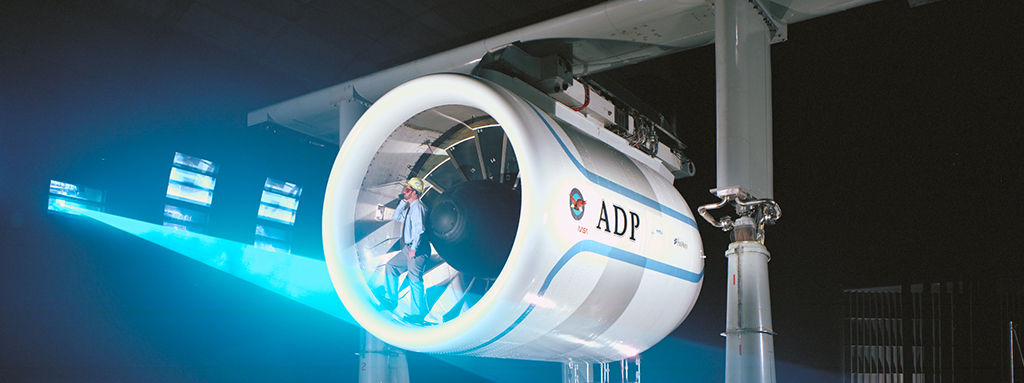
The acquisition of the giant aviation company Rockwell Collins by United Technologies Corporation (UTC) has hit the headlines in recent weeks. In reality, however, they have been working on this operation for several months, though only now has it been made public once a deal worth $30 billion has been struck. The outcome will be the world’s fourth-largest aerospace company with a turnover of almost $70 billion and only ranked behind Boeing, Airbus and Lockheed Martin. Even its market capitalisation of $115 billion would rank it behind the latter two companies.
The acquisition is expected to be finalised in the last quarter of 2018 once all the legal hurdles have been overcome.
In some scenarios like today’s, for instance, mergers are an effective tool to boost competitiveness.
Today, when the world’s aeronautical industry is reaching record production volumes and coping with ever shorter delivery timescales, this entrepreneurial transaction has sown doubt among the main manufacturers, considering that both the companies involved are their tier-1 suppliers and even compete with each other in some cases.
United Technologies is one of the world’s large civil and military contractors, particularly in the United States, where it develops engines, high-technology components, security systems, military equipment and even aircraft. One of its group companies in the aeronautical industry that may possibly be most affected by this is the engine manufacturer Pratt & Whitney, an essential supplier to Boeing, Airbus, Lockheed and other aeroplane manufacturers.
Rockwell Collins, for its part, is specialised in electronic systems for the civil and military sectors, its strengths being avionics, information and communication systems, high-level equipment integration, navigation controls, connectivity and aircraft interiors, among others.
This is not the first merger or acquisition that has recently taken place in the aerospace industry. Safran acquired Zodiac Aerospace and Rockwell Collins itself bought B/E Aerospace just a few months ago.
All this is by-product of a series of movements in the aeronautical industry that are an attempt to adapt to a new scenario in which several elements coincide. On the one hand, large manufacturers are demanding stronger suppliers in an effort to offset cost overruns and delays in some of their recent programmes (such is the case, for instance, of the Boeing 787 Dreamliner and the Airbus A380).
On the other, the low-cost airline market hasn’t stopped growing and its most direct consequence is that companies are seeking significant cost savings in aircraft acquisitions (or rentals) and maintenance. The aircraft prices appearing in the manufacturers’ catalogues are only a reference, seeing as agreements are always reached involving large price reductions. And lastly, there is even more.
When all this is transferred onto production costs, a cost-reduction policy is essential, which will inevitably have an impact on suppliers. Coping with price adjustments like the ones large manufacturers negotiate with their suppliers is not easy for small companies, which hardly have any room for manoeuvre and little negotiating clout. In some scenarios like today’s, for instance, mergers are an effective tool to boost competitiveness.
But something still needs to be resolved in all this. How will Boeing or Airbus react to this agreement?
It is not very clear. Both manufacturers’ room for manoeuvre will decrease considerably, since they will now depend much more on a single company than ever before, which is also the case for other companies supplied by the new conglomerate. The UTC-Rockwell group will have more leverage to apply pressure in any negotiation.
That is not the worst thing, however. Both Boeing and Airbus will have a troublesome weak point in their production lines caused by a company that has already caused them some headaches due to engine delivery delays (such as Pratt & Whitney for the new A320neo) or of other critical elements (like the Boeing 777’s landing systems).
As a response to this market movement, it would not be surprising if Boeing and Airbus created new business lines aimed at developing their own most critical components, sought new alternative suppliers or acquired other companies that would enable them to control their supplies better. All this would erode the position of strength the company resulting from this merger has reached.
As a matter of fact, this is not anything new, is it?

